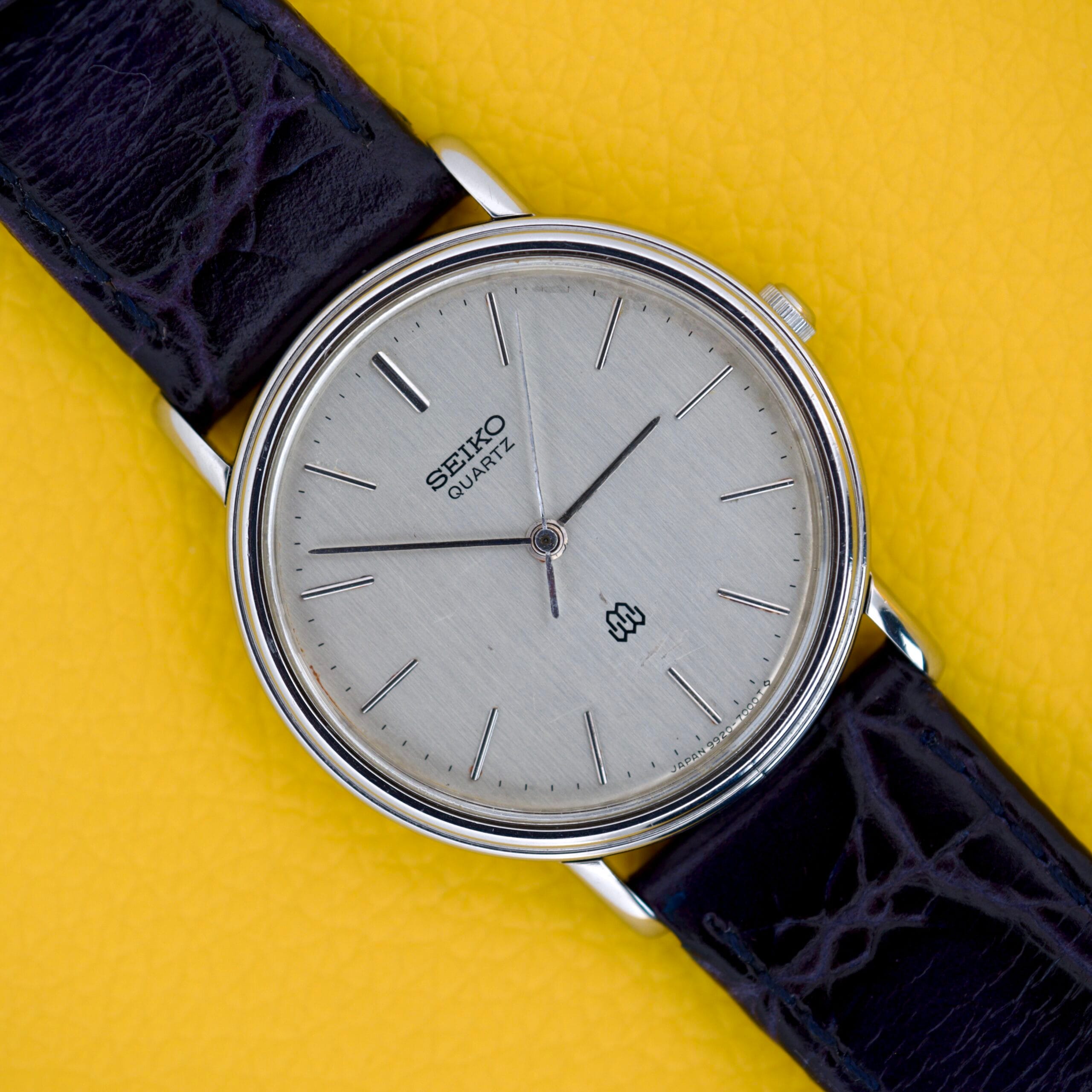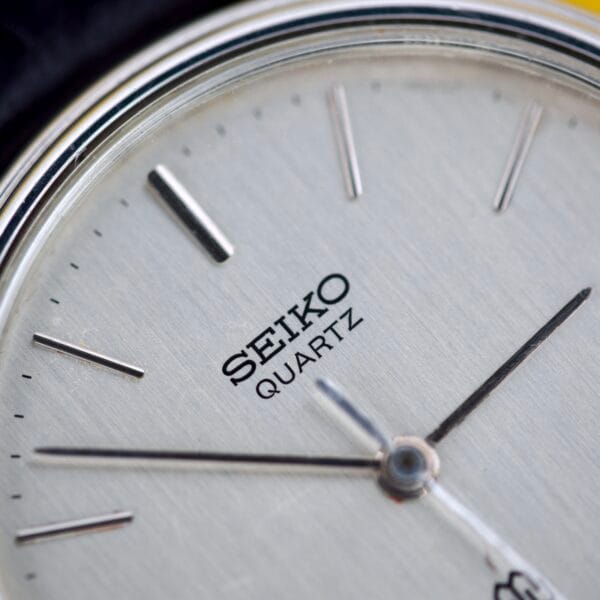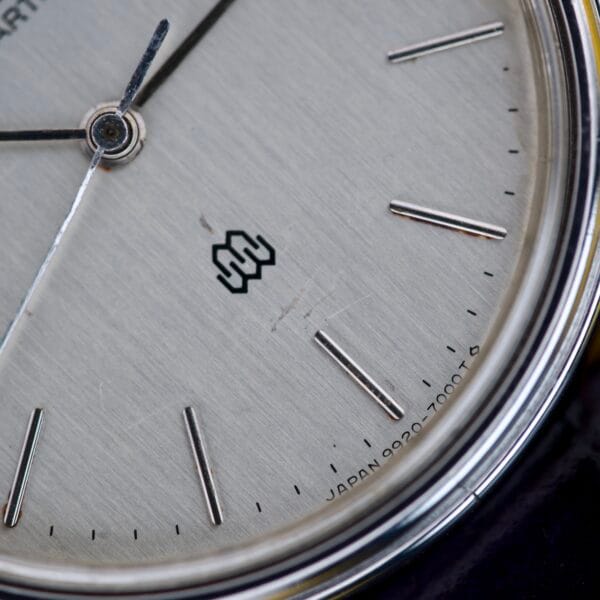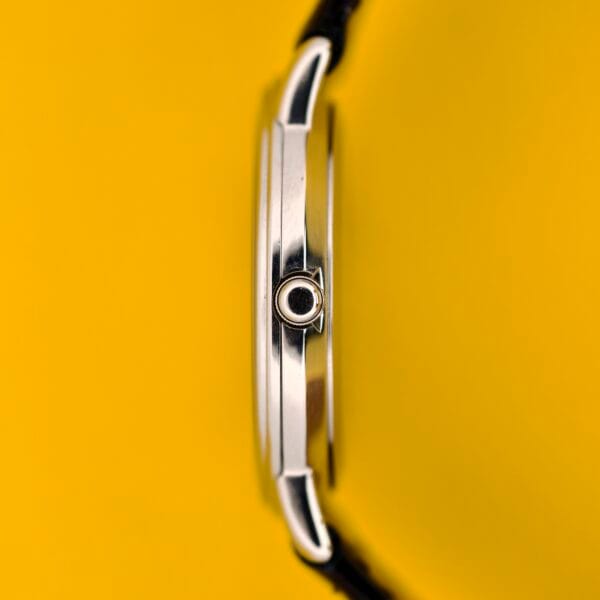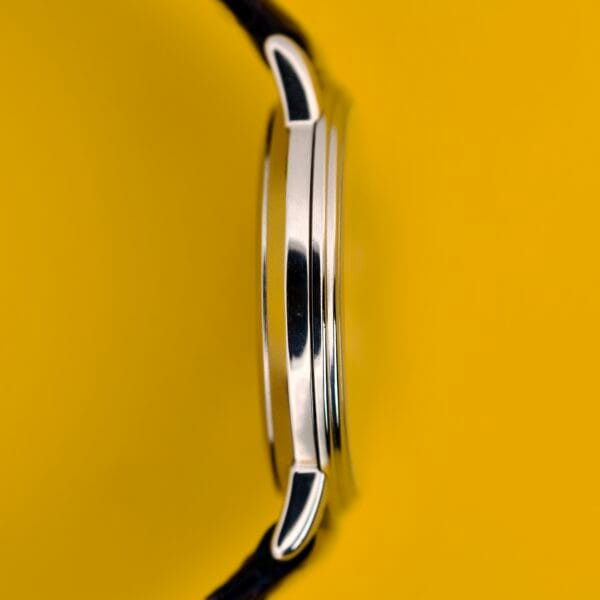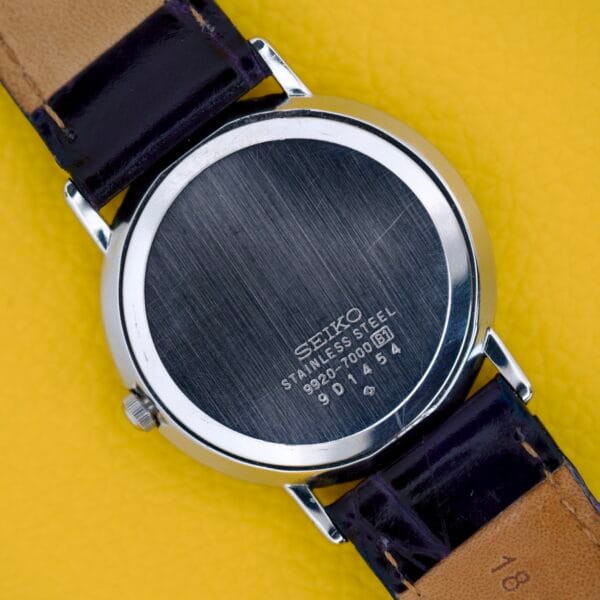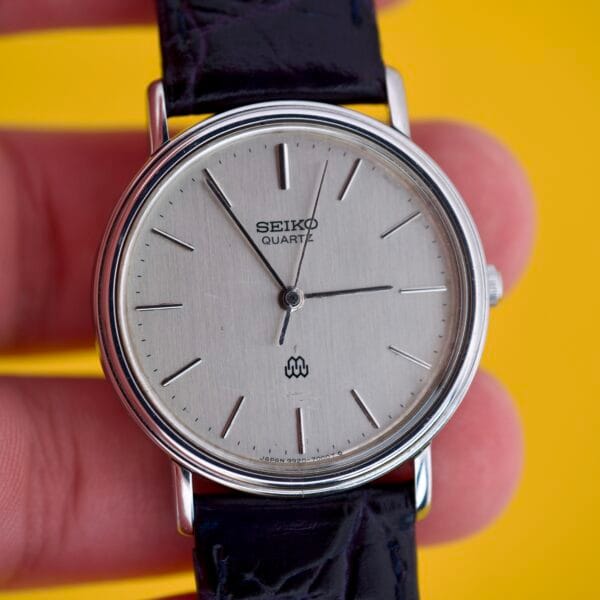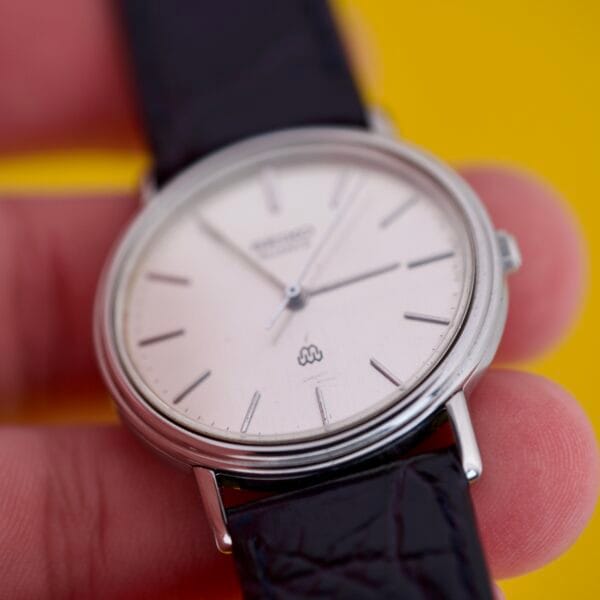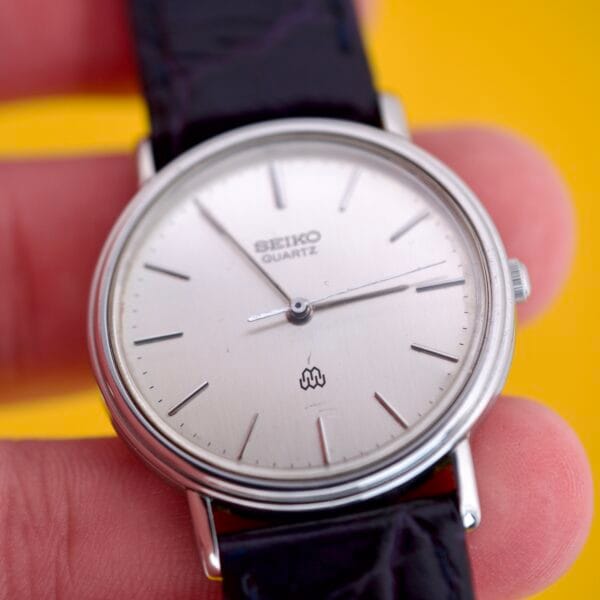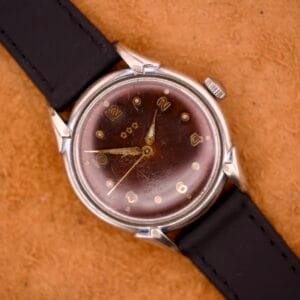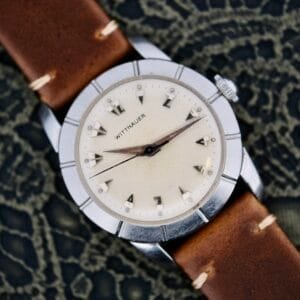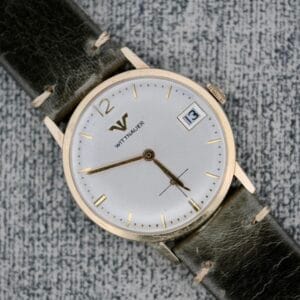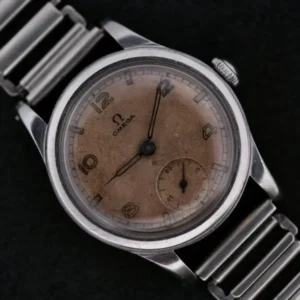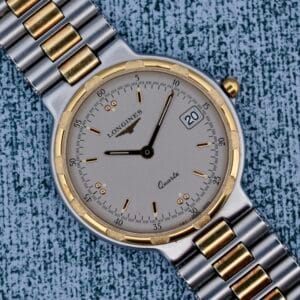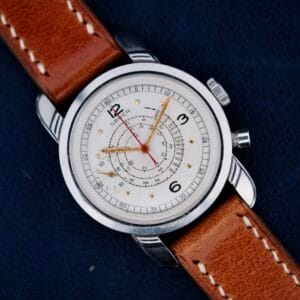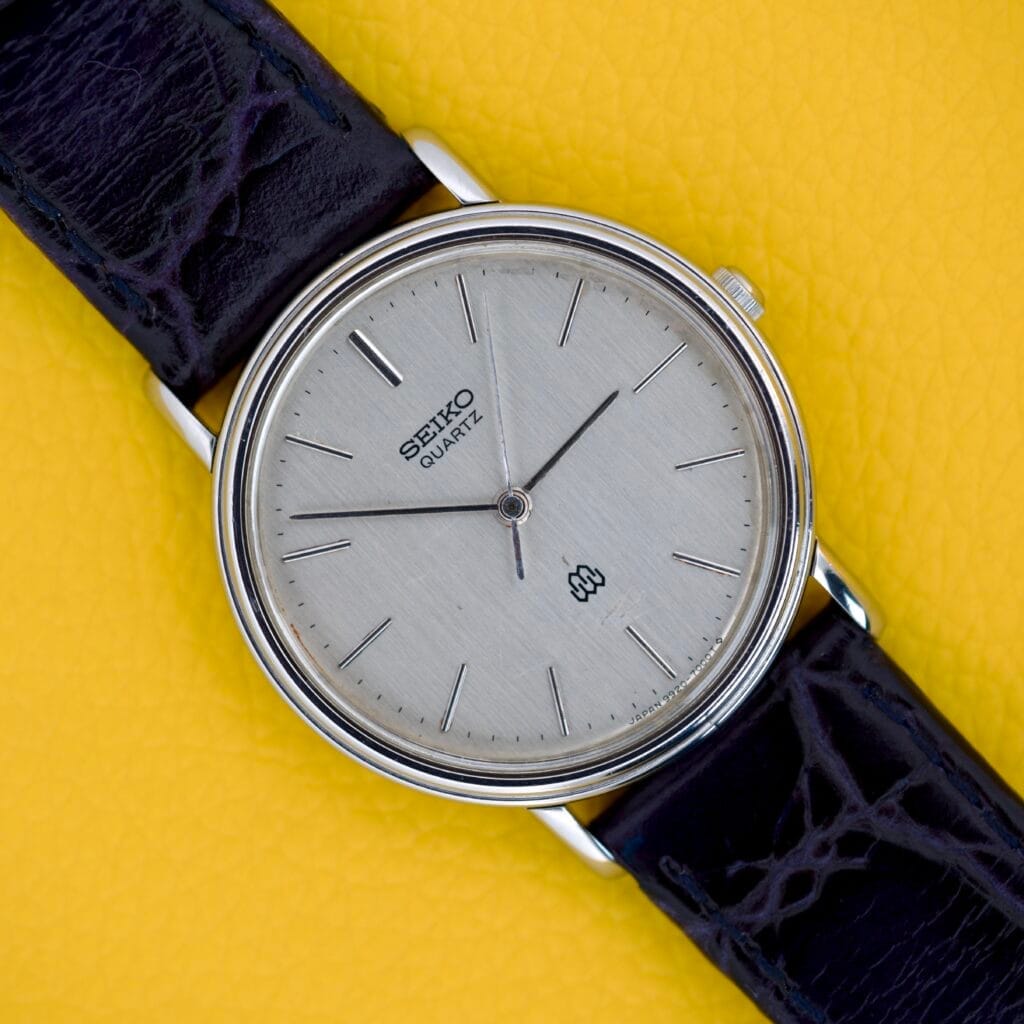Don't miss the next drop
Let’s be clear: not all quartz is created equal. While the “Quartz Crisis” of the 1970s is often painted with a broad brush, the truth is that it was a period of breathtaking technological innovation. And at the absolute apex of this movement was Seiko, which wasn’t just making quartz watches, it was perfecting them. This Seiko Twin Quartz is a stunning testament to that pursuit of perfection, a piece of high-accuracy history that is, in our opinion, one of the coolest and most significant watches of its era.
By the late 1970s, the battle for quartz supremacy was on. Standard quartz watches were already incredibly accurate, but Seiko pushed the envelope to a level that was, and frankly still is, astounding. The “Twin Quartz” technology was their masterstroke. Inside the Caliber 9920 movement beats not one, but two quartz crystals. The primary crystal oscillates at a high frequency to keep time, while a secondary, sub-crystal detects minute changes in temperature, the primary nemesis of quartz accuracy. An integrated circuit then uses the data from the sub-crystal to compensate for these temperature variations, resulting in a watch with a specified accuracy of an almost unbelievable ±20 seconds per year. This was haute horlogerie in a new, electronic form, and it was a statement of absolute dominance from Japan.
This particular example, a Reference 9920-7000 dating to December of 1979 based on its serial number, perfectly embodies the sleek, futuristic design language of the period. Its stainless steel case is incredibly svelte and elegant, measuring 34mm but wearing like a dream thanks to its impossibly thin profile. The design is a study in minimalism. The gorgeous, vertically brushed silver dial is clean and legible, adorned only with simple applied baton indices, slim stick hands, and the all-important applied Seiko logo and the stylized “Twin Quartz” symbol, a visual representation of the two crystals working in harmony. There is no clutter, no excess; just pure, refined design.
This watch is a true time capsule. It has survived the last four decades in remarkable condition. The case is sharp, retaining its original brushed and polished finishes with only the lightest signs of wear. The dial is pristine, with its brushed texture fully intact. It’s a beautifully preserved piece that showcases the high level of finishing that Seiko applied even to its non-mechanical watches. This is a watch that was clearly cherished and carefully worn.

